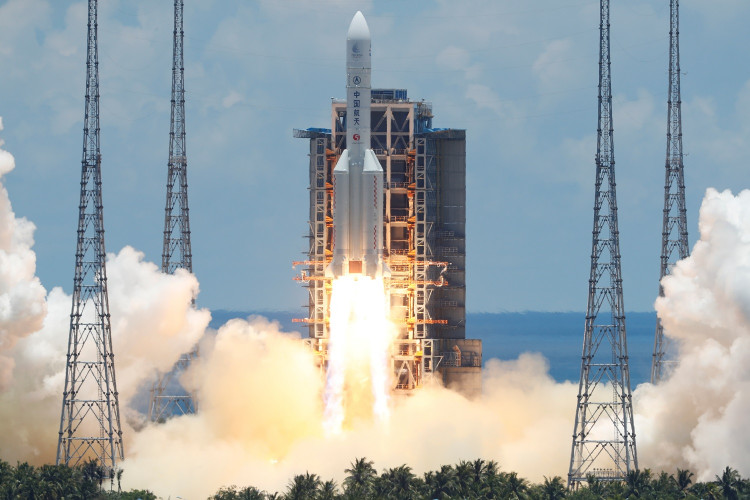With a goal of landing humans on the moon one day, Japanese company ispace is seeing its plans starting to unfold. It has revealed the final design of its first robotic lunar lander, set to launch on a SpaceX rocket in 2022.
On July 30, ispace revealed the Hakuto-Reboot (Hakuto-R) lander design and that the mission is now scheduled for a moon landing in 2022, which is a year delayed than the company's previous target.
ispace had originally planned to land on the moon in 2021, but technical issues held them up. But the lander has recently passed a critical design review, a crucial step that marks as a go signal for the lander's construction.
"The new target launch date was chosen in order to ensure higher reliability for Hakuto-R customers and overall mission success," ispace said in a statement. "The lander is still planned to launch on SpaceX's Falcon 9 rocket."
ispace has expressed before its intentions in competing for NASA's Commercial Lunar Payload Services (CLPS) program, which aims to send private landers on the lunar surface to support human missions. Representatives of the company made no mention about CLPS, but they did say that Hakutor-R's landing ill be part of a "multinational commercial lunar exploration program."
Hakuto was actually the name of the team that ispace managed for the Google Lunar X-Prize (GLXP). The GLXP offered $20 million to the first private company to successfully put a lander and achieve certain tasks on the lunar surface. 2018 ended with no winner announced but some of the competing groups still continued their work.
ispace's lunar lander is more compact than the previous design, weighing about 750 lbs. Since ispace decided to take the long route to the moon, it will use less propellant to travel for about three months, which is why Hakuto-R's tank had been reduced as well. It doesn't take long to get to the moon. In fact, NASA's Apollo mission only took three days to reach the lunar surface. As for the lander's payload capacity, ispace decided to maintain it at 66 lbs.
ispace in 2019 pledged to launch a rover on the moon in 2023. While the lander has been delayed, the company says the landing date for the second mission remains intact.
The company has more ambitious plans once it starts its space exploration. It has expressed interest in using lunar water ice for rocket fuel and to support moon settlers.





